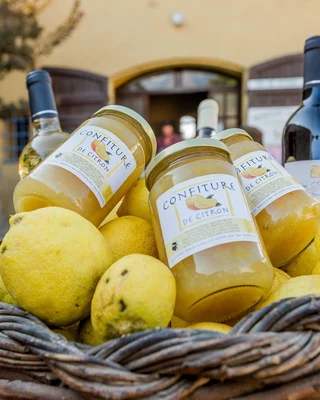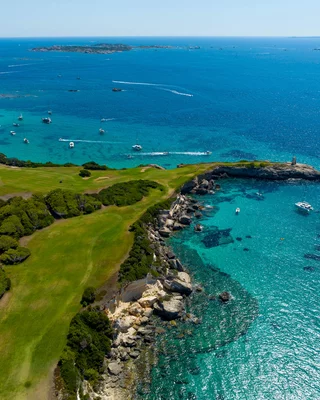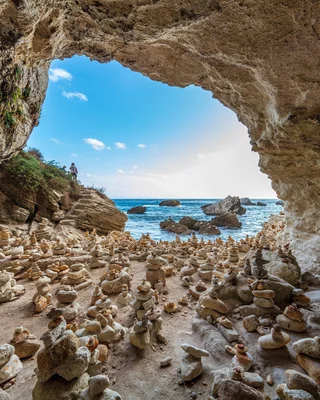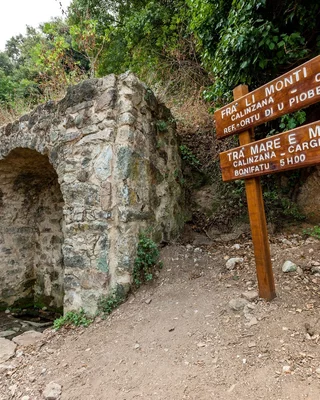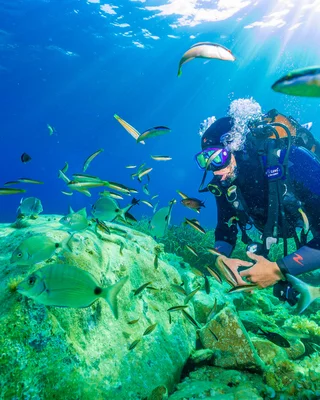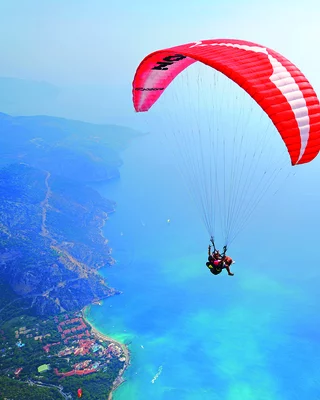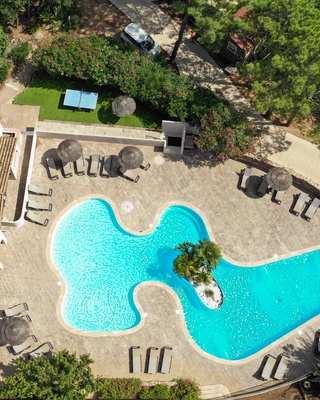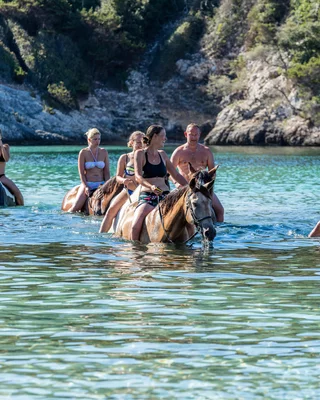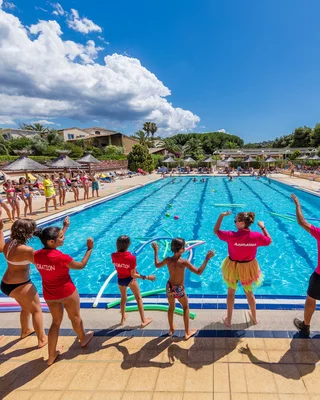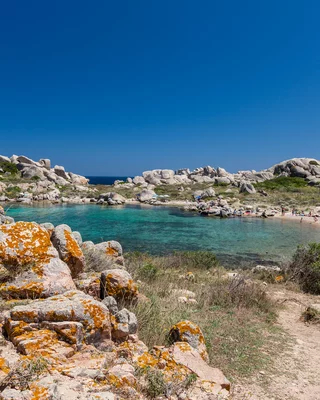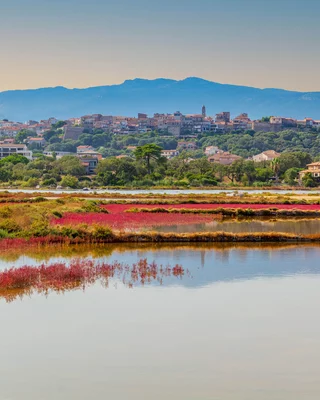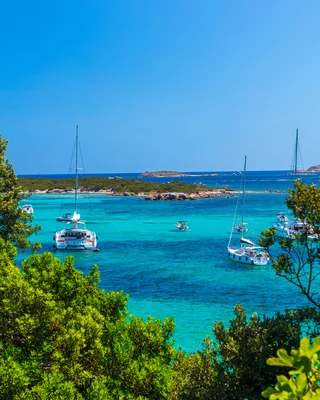When to go to Corsica
Although Corsica enjoys mild temperatures all year round, the most popular period for tourists is from April to the end of November. It's during these months that the majority of accommodations are open, and restaurants and tourist activities are fully operational. This is the ideal time to take advantage of everything the island has to offer, from sunny beaches to a wide range of dining and leisure options, as well as a multitude of cultural and sporting activities.
Climate and temperatures
For detailed information on Corsica's climate and temperatures, month by month and in the island's four main regions, we invite you to consult the full article we've written on the subject. It will provide you with precise and useful data for planning your stay according to the weather. You can access this article on our website by following this link: Climate and Temperatures in Corsica.
Weather tips: how to check the weather?
In Corsica, we strongly advise you to check the wind forecast before deciding on your day's program, especially if you're at the extremities of the island, such as Bonifacio or Bastia. Weather conditions can change rapidly, allowing you to change coastline according to the forecast. Corsica is known for its many microclimates, so don't hesitate to travel a few kilometers to find milder weather. Sometimes it only takes a few minutes by car to go from rain to shine. This flexibility will help you make the most of your stay, whatever the weather conditions.
When to go swimming in Corsica?
To make the most of Corsica's beautiful beaches and swimming, the best period is from June to September. During these months, air and sea temperatures are ideal for bathing, with maximum seawater temperatures reaching an average of 27°C in August, which represents the heat peak.
Although Corsica welcomes visitors all year round thanks to its Mediterranean climate, bathing in winter can be less attractive due to low temperatures, with the sea not exceeding 12°C. From April onwards, temperatures begin to rise gradually, making bathing increasingly pleasant as spring advances.
It's also worth noting that from October to April, although the water temperature is cooler, days with less wind can offer quite pleasant bathing conditions, especially for those who don't mind more invigorating water. However, for those seeking the comfort of warm water and an optimal swimming experience, aiming for the summer months remains the best option.
North or south Corsica?
The choice between North and South Corsica depends on what travelers are looking for. For lovers of idleness, culture or sporting activities, each region offers unique experiences in an extraordinary natural setting.
Northern Corsica: Northern Corsica is famous for its historic sites and natural landscapes. Bastia, with its old port and citadel, and Cap Corse, with its picturesque villages and breathtaking sea views, are particularly noteworthy. Saint-Florent and the Désert des Agriates offer magnificent beaches and unspoilt nature. Île Rousse is a charming seaside resort, while Calvi is renowned for its citadel and beaches.
Corse du Sud: If you're drawn to history and idyllic beaches, this is the region for you. Ajaccio, the birthplace of Napoleon, is rich in history and culture. Porto-Vecchio, meanwhile, is renowned for its seaside and crystal-clear waters. Southern Corsica is famous for its spectacular landscapes, such as the Scandola Nature Reserve, a jewel for hikers. Our suggested itineraries also include the Calanques de Piana, offering breathtaking views.
When to visit Corsica out of season
The off-season in Corsica runs from October to April. This period is ideal for those seeking a quieter, more authentic stay on the island. Corsican winters are generally mild, with pleasant temperatures, making it a perfect time for a trip to Corsica if you appreciate tranquility and nature. Spring, in particular, is a wonderful time to visit Corsica, with nature in full bloom and mild temperatures. What's more, during these months you may be able to enjoy winter activities in the ski resorts, where the snow offers enchanting scenery and unique winter sports opportunities on the island.
What's the wettest month in Corsica?
In Corsica, characterized by its Mediterranean climate, rainfall varies according to season and region. Generally speaking, the rainiest months are often those of autumn, when thunderstorms can occur, particularly in mountainous regions. This period of heavier rainfall is part of the island's rich climate, contributing to its lush landscape and diverse ecosystems.
When is the best time to visit Corsica?
The best time to visit Corsica is generally May-June and early autumn. These times of year offer an ideal climate for enjoying the island to the full. In spring, May and June, the maquis is in full bloom, creating a beautiful, fragrant landscape ideal for peaceful excursions. Early autumn is also a privileged time, with pleasant temperatures and fewer crowds, allowing for a quieter, more intimate exploration of the island. These periods are perfect for discovering Corsica's natural beauty and tranquility.

